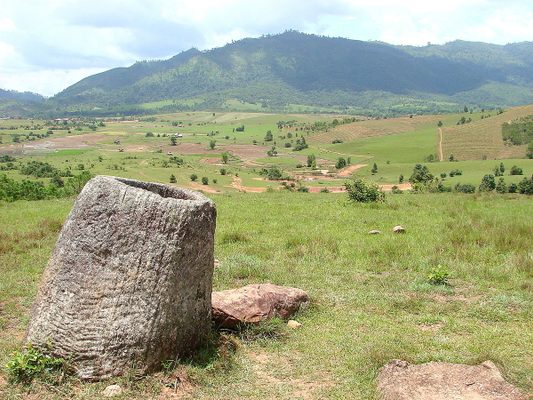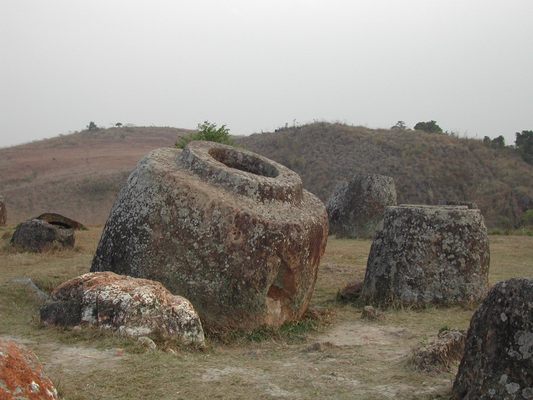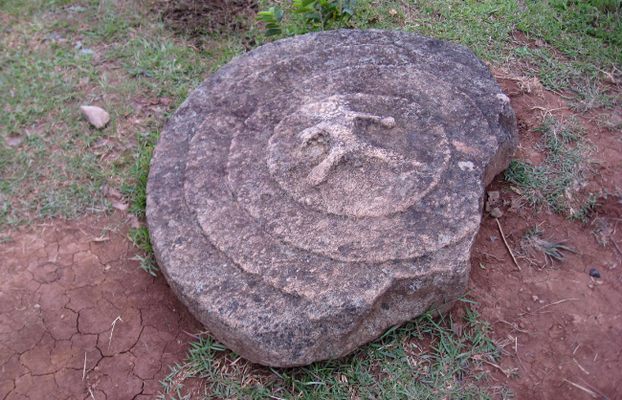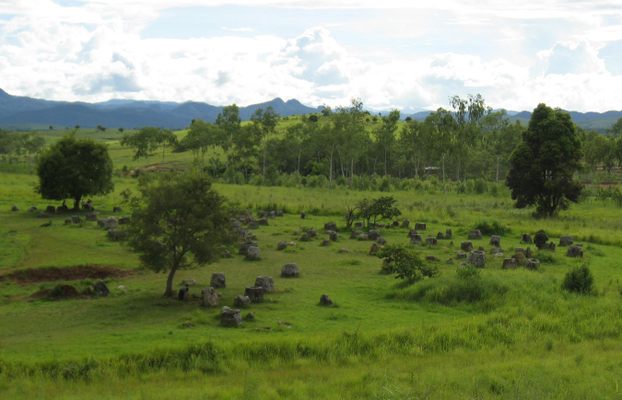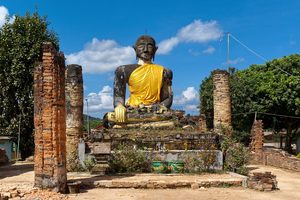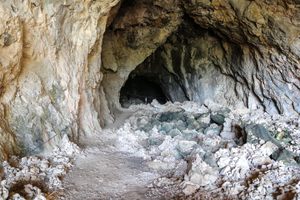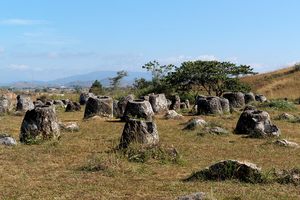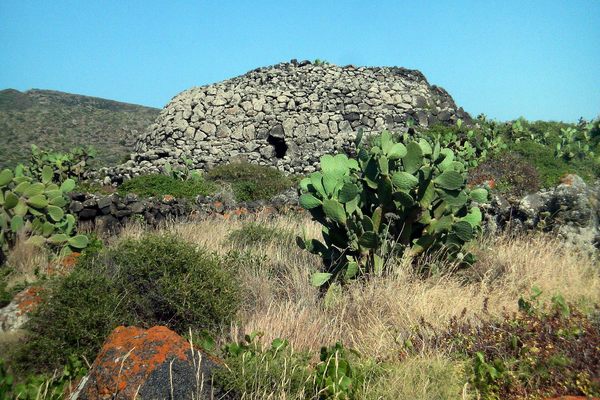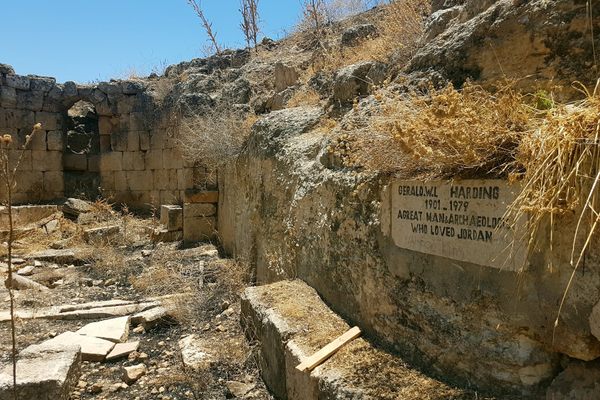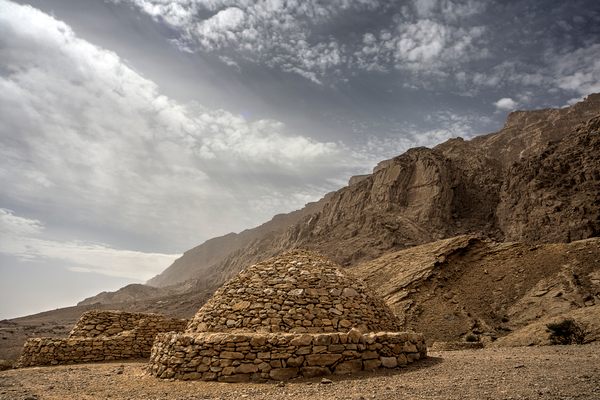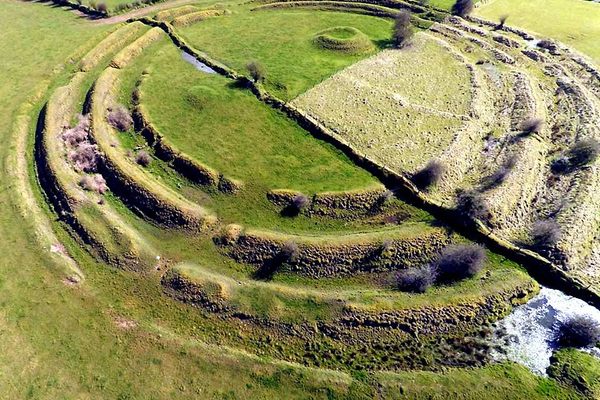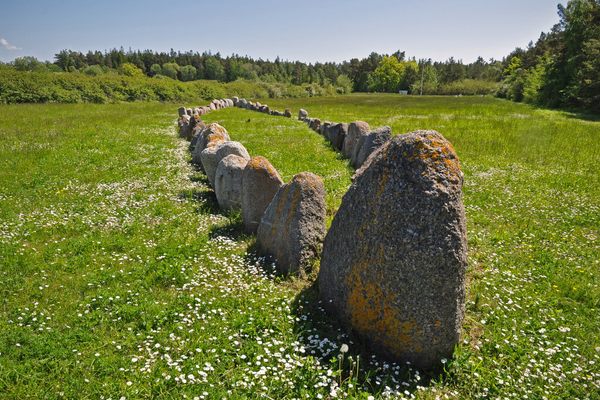About
The Plain of Jars is a collection of large stone jars interspersed throughout the Xieng Khouang plain in the Lao Highlands. The stone structures are mostly made of sedimentary rock and, ranging from 3 to 10 feet in height (1 to 3 meters), each can weigh up to 14 tons.
To date, the origin of the jars is unknown, though archaeologists believe that they were originally used between 1,500 and 2,000 years ago. Many researchers have theorized that the jars may have once served as funerals urns or food storage. As local Laotian legend would have it, the jars were created by Khun Cheung, an ancient king of giants who lived in the highlands. It is said that Cheung, after fighting a long and victorious battle, created the jars in order to brew huge amounts of celebratory lao lao rice wine.
The Plain of Jars received relatively little Western attention until the 1930s, when French archaeologist Madeleine Colani began surveying the area. Though previous reports of the jars had cited the existence of goods such as carnelian beads, jewelry, and axes, the site was mostly looted by the time Colani arrived. Despite this, Colani discovered a nearby cave housing human remains, such as burned bones and ash, leading her to believe that the jars were funeral urns for chieftains. Colani excavated the artifacts, some of which dated to between 500 BC and 800 AD, and published her findings in The Megaliths of Upper Laos.
Though the Xieng Khouang plain remains the central site of the jars, similar clusters can be connected to form a linear path all the way to northern India. The existence of similar jar clusters in other parts of Asia also led to the belief that the jars were part of a large trade route. Some researchers believe that the jars collected monsoon rainwater for caravan travelers to use during dry season. Travelers would use the water and then leave behind prayer beads or offerings in the jars, thus explaining previous sightings of jewelry and assorted goods.
Though the caretakers for the Plain of Jars are applying for status as a UNESCO World Heritage site, the area still remains one of the most dangerous archaeological sites in the world. Thousands of unexploded bombs remain from the Secret War of the 1960s, and some of these arms still cause injuries to this day. As such, only Sites 1, 2, 3 and the Quarry are open to visitors, while a number of organizations work to remove explosives and apply for more funding.
Any visit to the jar sites takes one past numerous large bomb craters and crater clusters. Further adding to the area's mystique, the many varied casings of these American bombs are used extensively to decorate houses and roadsides in nearby of Phonsavan, the provincial capital. Scrap metal collection is one of the major economic activities here.
Researchers have traced the jars back to a quarry a few miles outside of Phonsavan. The area was also used extensively during the war by the Pathet Laos (Lao Nation, the communist political movement) who hid in natural and human-made caves here in the quarry.
Related Tags
Know Before You Go
Many visitors fly to Phonsavan from Luang Prabang on one of the national airlines' small, propeller-driver passenger planes. The fare is cheap. Buses run daily from Vietiane, Vang Vieng, and Luang Prabang to Phonsavan; there used to be a local bus service, but it has ceased service and now the only shared motor transit out of Phonsavan are the 9AM minivans.The three main jar sites can be visited by jeep/taxi arranged through one of the guesthouses or tour companies, or by motorcycles, which are easy to rent in town. Note that of the 3 most commonly visited Jar Sites (named Site 1, 2, and 3, although there are over 40 Jar Sites in total) Site 1 is by far the busiest and most touristy, being closest to the city and containing a small museum; Laotians and foreign tourists alike can frequently be seen taking pictures or Facetiming friends and relatives while sitting on the jars. By contrast, one might very well pass half a day at Sites 2 & 3 without seeing anyone besides farmers and cows. If you hire a walking guide, they can take you on a hike of around 1 hour between Sites 2 & 3; this hike should not be attempted without a guide as it goes through the private yards and houses of local farmers. From Site 2 there is a lovely hiking trail through a pine forest- cleared of UXOs, though the trail is not always maintained- to a viewpoint on a hill.
Community Contributors
Added By
Published
November 18, 2009





